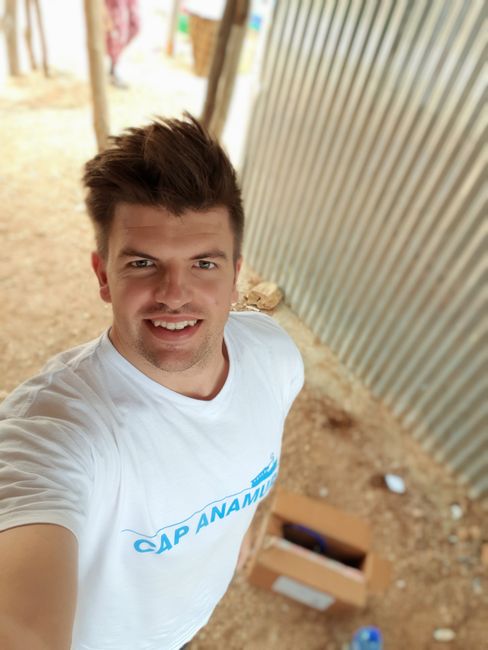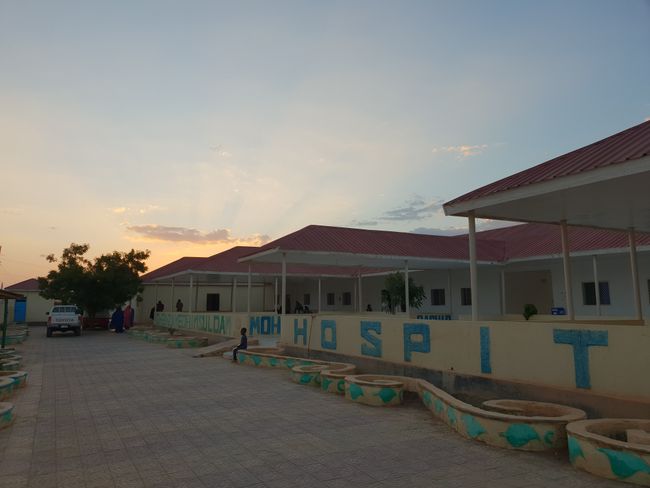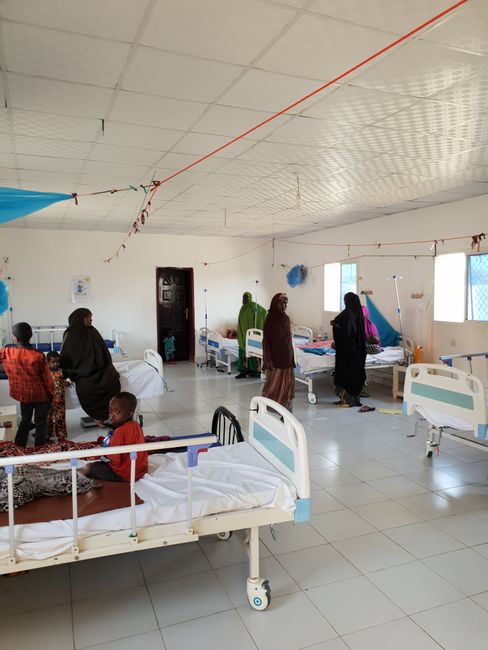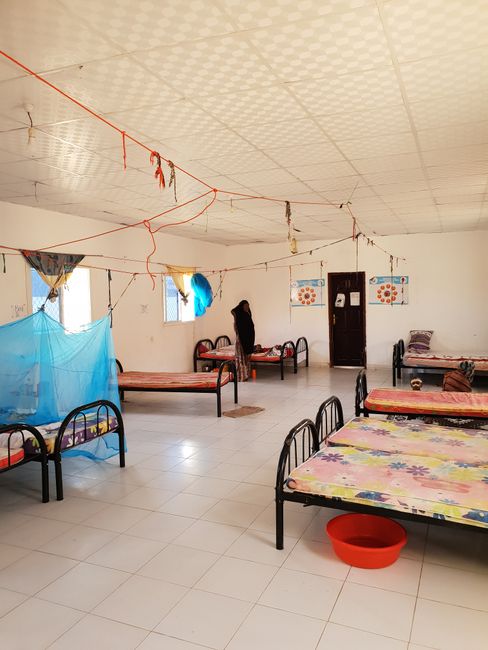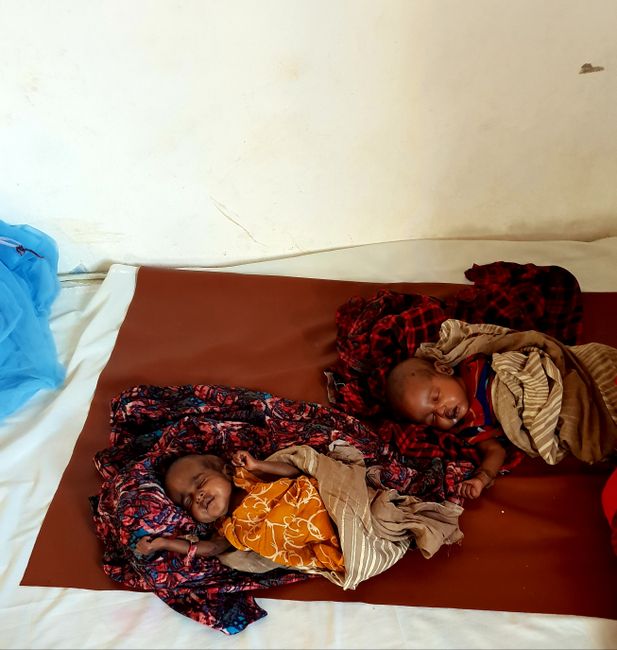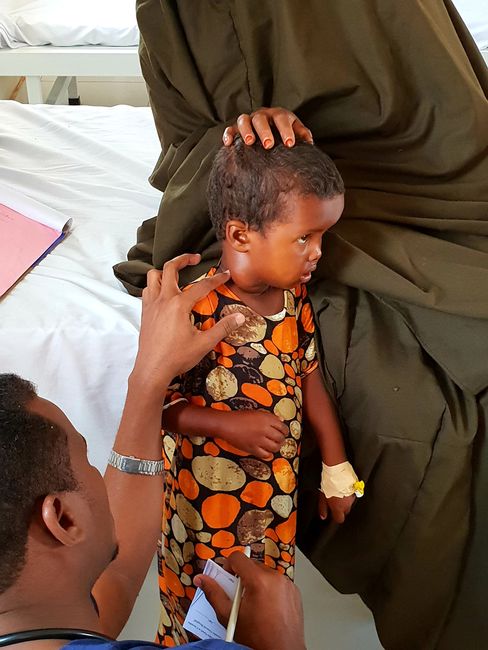Caynaba Hospital
Diterbitkan: 21.09.2018
Langgan Surat Berita
Good morning and a warm Salam aleikum from Caynaba,
it's Friday again and I've been in the project for almost two weeks now. Two weeks in which I have been able to gain many new experiences, get to know new people, and gather some initial impressions. However, today I would like to tell you about the project itself, how we came to be here, and what we actually do.
It all started with the support in Somalia at the beginning of the drought period in early 2017. In a country where a large part of the population is nomadic, a longer drought period means not only the loss of access to clean drinking water, but also the loss of livelihood.
It quickly became clear to everyone at Cap Anamur that these people need help, so they started providing fresh drinking water to people, especially in rural areas. The access to clean drinking water has improved due to the onset of the rainy season and the construction of water catchment basins carried out by Cap Anamur. However, it was decided to provide long-term help to the people affected by water scarcity.
That's how Cap Anamur started reviving a hospital in one of the driest regions of Somalia. The hospital has been empty for the past few years, which means that the approximately 35,000 people living in and around Caynaba have hardly any access to adequate medical care.
Here are some facts about the hospital.
The Caynaba Hospital currently has between 40 and 45 beds, which are spread across four wards. In addition to the wards for women and men, there is also a pediatrics ward and a stabilization center for malnourished children. There is also an operating room at the hospital, which is currently being used as an isolation ward. Due to the prevalence of infectious diseases, Cap Anamur decided to expand the hospital with an isolation ward, which is currently under construction and hopefully will be operational by the end of October. This will give us the opportunity to care for up to 15 additional patients in isolation. In addition to inpatient care, there is also outpatient care, which is used by up to 100 patients daily.
But what does medical care actually look like?!
Is it possible for a woman who has a nosebleed and headache after a car accident to get a CT scan to rule out internal bleeding?! Unfortunately not possible! Maybe at least an X-ray image to make sure nothing is broken?! Unfortunately not possible!
Can a man who comes to the emergency department with chest pain have an EKG done quickly? Unfortunately not possible!
Can a woman with a hemoglobin level of 4.5 g/dL in the lab quickly receive a blood transfusion? Unfortunately not possible, folic acid and iron tablets will have to do.
Is it possible to quickly operate on a man with suspected appendicitis? Not possible without a surgeon.
The child with pertussis (whooping cough) has to be discharged because the risk of infecting other weakened children is too high and there is no space in other wards.
So medical care according to Western standards is only partially possible here. It is more about inspection, palpation, percussion, and auscultation.
What does an enlarged liver feel like? Does pneumonia sound different from pertussis? Can you palpate a pyloric stenosis in the malnourished baby who vomits frequently?
All of these are things that are new to me and have to be learned. Nevertheless, I am grateful for every day in the project because I work with people who give their best every day to help others, even with limited resources.
That's all for today. Tomorrow, I will go out with the Mobile Clinic and hopefully learn more about the landscape and the people who live here.
Inschallah; #AlexinSomaliland
Langgan Surat Berita
Jawab (2)
Sonja
Danke für deinen interessanten Bericht. Leider nur schwer zu finden auf dieser Seite.
Margreth
Ihr versucht mit wenig Mittel den Menschen zu helfen und euer Möglichstes dazu beitragen, das ihr doch mit dem Wenigen was euch zu Verfügung steht helfen könnt , das ist schon viel wert.

